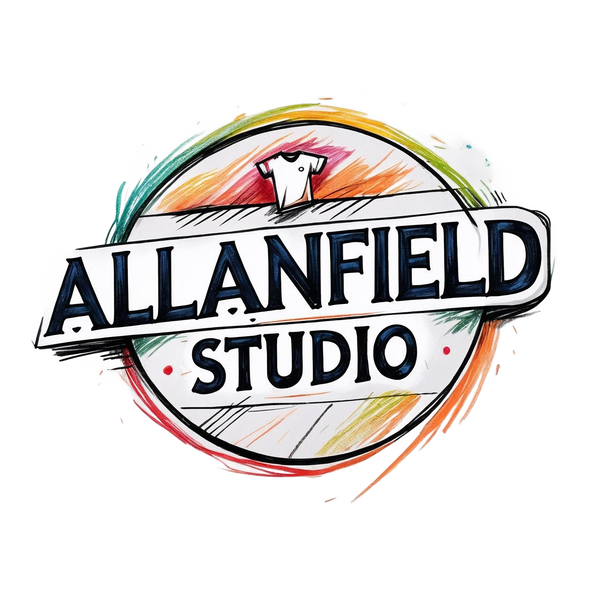
DTG vs. Screen Printing vs. Heat Transfer – Which Printing Method Wins?
Share
When it comes to custom T-shirts, not all prints are created equal. The method used to apply a design to fabric makes a huge difference in quality, durability, and comfort. Let’s break down the three most common printing methods - DTG, Screen Printing, and Heat Transfer - and see which one comes out on top.
DTG (Direct-to-Garment)
🎨 How it works:
- The printer sprays eco-friendly inks directly into the fabric, just like an inkjet printer on paper.
✅ Pros:
- High detail, great for colorful and complex designs.
- Soft to the touch - no thick plastic feel.
- Durable and holds color wash after wash.
❌ Cons:
- Best for cotton and light fabrics.
- Slightly slower production speed compared to bulk screen printing.
Screen Printing
🎨 How it works:
- Ink is pushed through a stencil (screen) onto the fabric. Each color requires its own screen.
✅ Pros:
- Extremely durable prints that last for years.
- Bold, vibrant colors that pop on dark fabrics.
- Cost-effective for large runs.
❌ Cons:
- High setup cost makes it less suitable for small runs.
- Limited detail compared to DTG.
Heat Transfer
🎨 How it works:
- A design is printed on transfer paper or vinyl and then applied with heat and pressure.
✅ Pros:
- Good for small custom jobs.
- Works on a wide range of fabrics.
❌ Cons:
- Print sits on top of the fabric and feels thicker.
- Less breathable and may crack or peel with heavy washing.
And the Winner Is... 🏆
For print-on-demand and creative fashion, DTG wins. It delivers quality, flexibility, and durability without needing huge stock. Screen printing is unbeatable for massive orders, while heat transfer is handy for quick, simple projects.
We use DTG because it lets us print detailed, colorful designs that stay vibrant - even after dozens of washes.
👉 Want to see DTG in action? Explore our Collections today.
